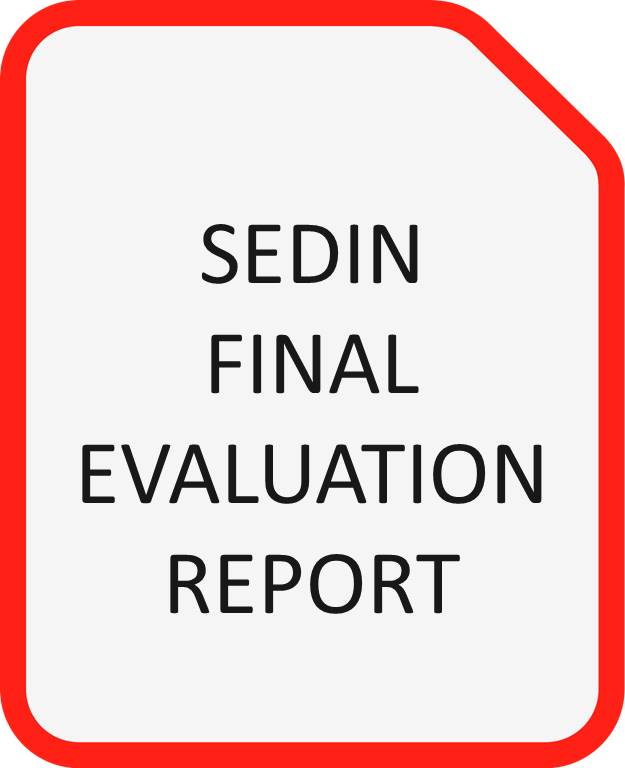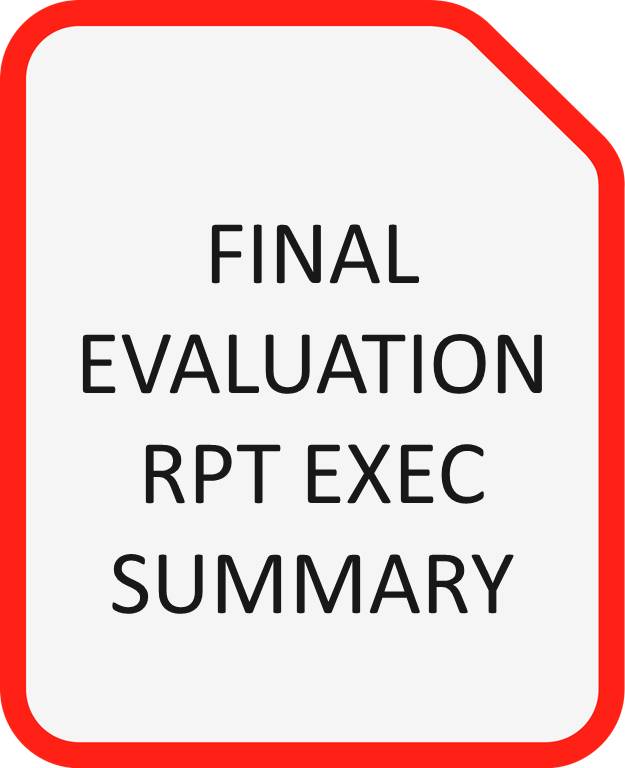Project Evaluation
The external evaluation assessed how well SEDIN met its objective of facilitating the improvement of the educational performance of refugee children and children with a migrant/minority background. The process was designed to give formative feedback and support partners, as well as report on project outcomes. Against its specific objectives, SEDIN’s achievements were as follows:
Enhance the ability of teachers to include refugee / migrant / minority children
· Montessori and Creative Learning are evidence-based approaches which support teachers to apply essential elements of effective teaching and learning.
· Teachers implemented a wide range of Creative Learning and Montessori activities with a generally good degree of fidelity.
· The methods enabled teachers to develop pupils’ social and learning skills as well as curriculum content in ways which pupils found engaging.
· Group work and collaboration were a common feature across SEDIN classrooms.
Mainstreaming Montessori and Creative Learning methods in teacher training
· Montessori and Creative Learning methods were appropriate for mixed indigenous and RMM classes, and also for classes with high proportions of RMM pupils.
· The methods also proved helpful in integrating SEND pupils in learning activities.
· Teachers believed the methods had particularly helped them address issues around pupil engagement and pupil behaviour. There was a certain consensus that the methods helped promote cultural diversity and language barriers, but these were less marked.
· The training model for SEDIN incorporated features of effective transfer and continuing professional development and learning (CPDL), including a combination of specialist input and coaching, sustained coaching over time, collaborative activities which promoted reflective dialogue and de-privatisation of practice, and, to a certain degree, integrated leadership.
· Professional development and learning activities were sustained beyond the training sessions and incorporated in 92 schools over the course of the project. SEDIN training has been embedded in the professional development provision of one university, four NGOs, the training offer of another project, two regional authorities, and one governmental education department.
· 54 out of 58 participating professionals who responded to the post-implementation survey state that their pupils engaged better with SEDIN lessons than usual classroom activities – four stated it was about the same. There was general endorsement of SEDIN by organisations which engaged with the project.
· Policy makers across the countries represented by SEDIN partners endorsed SEDIN as an appropriate and valuable methodology in schools.
Children improve their educational performance
· Children acquired knowledge and skills in a range of subject areas during SEDIN lessons.
· Children developed social and learning skills during SEDIN lessons, including critical thinking, giving and reflecting on feedback, respect for others, and how to collaborate.
· SEDIN lessons enabled overt discussions about emotions, their role in learning and how to manage them.
Children from migrant/minority backgrounds are better included in school life
· Pupils in SEDIN classes, which were a mixture in varying proportions of RMM and indigenous children, were more likely to engage in activities.
· The key mechanisms which SEDIN entailed to facilitate this were choice – children could decide what roles to take and when to contribute – and the opportunities SEDIN provided for communication and self-expression which did not rely on proficiency in the dominant language of the classroom.
Create an inspiring, creative and stimulating learning environment for teachers and all their pupils
· Pupils’ enthusiasm for SEDIN learning activities was based on the fact that they were enjoyable in themselves, but also because they removed barriers to learning
· Enthusiasm expressed itself in pupils’ approval of the activities, and also in improved behaviour.

